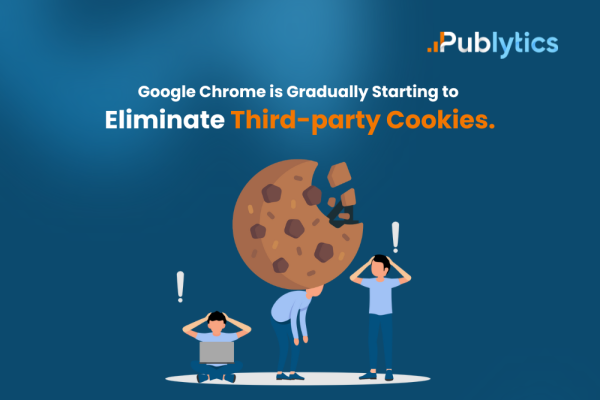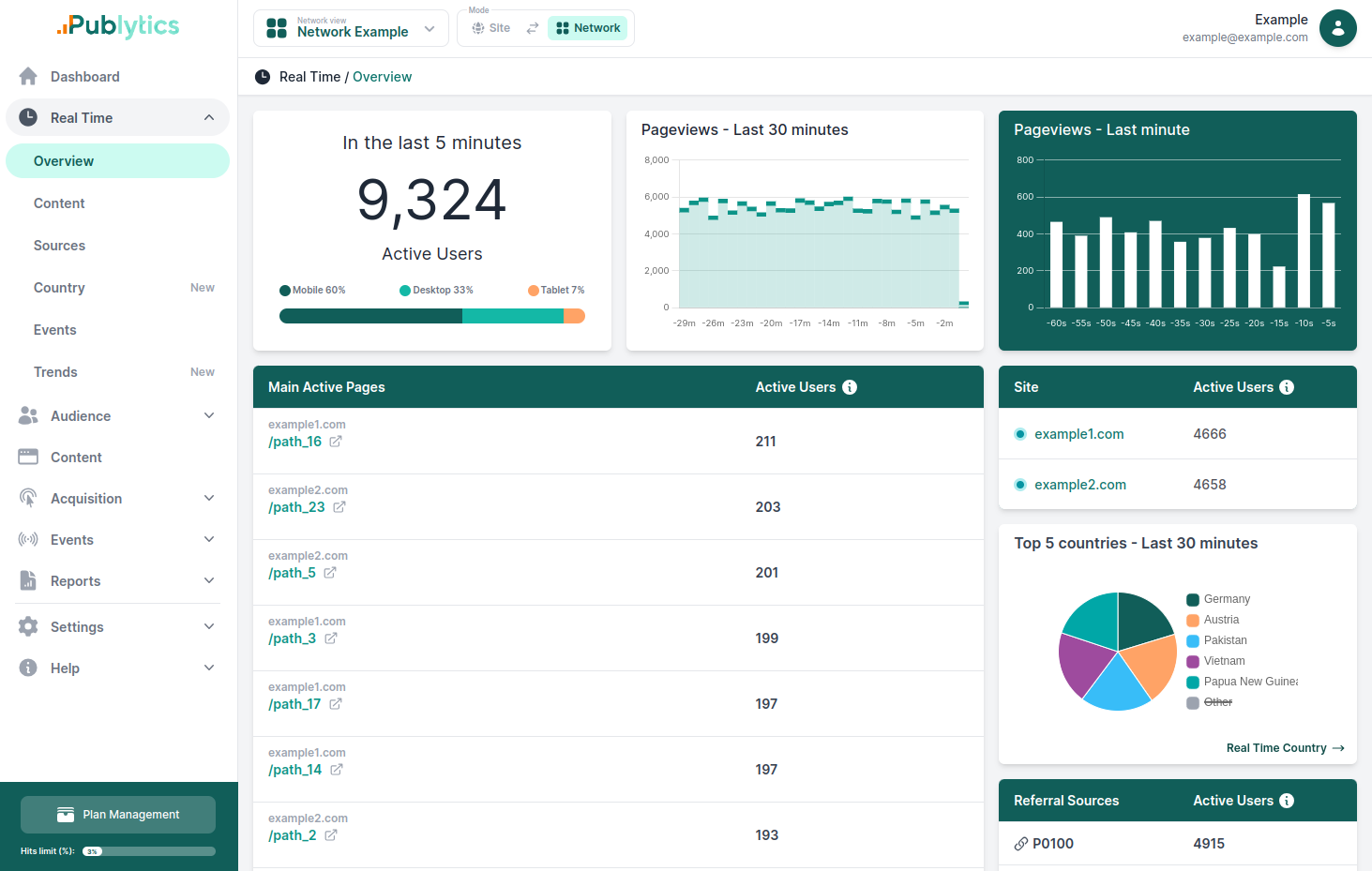Google Chrome is Gradually Starting to Eliminate Third-party Cookies.
Jun 04, 2024 | Author: Info Publytics

Google has started eliminating third-party cookies, here are the alternatives
When you visit a website that uses third-party advertising or tracking services or includes third-party content, these services place a cookie on your browser with a unique tracking ID. These third-party cookies attach to each user individually, remain on their browser, and track their activity across other websites they visit, thereby creating user profiles.
This practice is not privacy-friendly.
In response, governments and privacy advocates pushed for changes, leading Chrome to start phasing them out. This results in information loss (loss of audience context), compelling digital marketers to explore new advertising and marketing strategies. Remarketing campaigns, in particular, are significantly impacted.
As the end of third-party cookies approached, numerous tools and services developed by Google and other organizations emerged to fill the gap. These solutions aim to perform the same functions as third-party cookies while being more compliant with privacy regulations. Although many of these alternatives are not entirely privacy-friendly, they are designed to meet compliance requirements more effectively.
Here are the alternatives:
Privacy Sandbox
Publisher-Side Tracking
Server-Side Tracking
Fingerprinting
Universal IDs
Identity Graphs
Privacy Sandbox
The Privacy Sandbox is Google's initiative to create a more private web. It includes various APIs to assist advertisers while complying with regulatory requirements. Essentially, this approach aims to protect personal data of Chrome users while still tracking their behavior across sites. Consequently, whether it is truly privacy-preserving remains a topic of debate.
Publisher-Side Tracking
Ad publishers or sellers are websites that display ads to end users on behalf of ad buyers. They have access to their visitors' logged-in data and site usage patterns, such as site registrations, subscription forms, user interactions, and other first-party data. This information can be valuable for enhancing audience segmentation and targeting features in Google Ads.
Server-Side Tracking
Server-side tracking eliminates the need for cookies by shifting tracking from the client-side (a user's browser) to the server-side (an ad-tech provider). The server tracks user behaviors such as clicks, form submissions, or page visits, making this data first-party to them. After collecting this data, the advertiser's server can directly communicate with other platforms (such as Google Ads) via APIs.
Fingerprinting
"Fingerprinting" involves collecting various details about a user's device and browser settings, such as screen resolution, operating system, browser version, installed fonts, and more. These data points are combined to create a unique identifier or "fingerprint" for each user without storing any information on their devices. This method enables highly targeted and retargeted advertising.
Universal IDs
Universal IDs perform similar functions to third-party cookies but in a more privacy-compliant manner. These services enable various parties in the advertising ecosystem to use a common, anonymized ID to track users across the web. These user IDs are hashed or anonymized to ensure identity protection.
Identity Graphs
Identity graphs are comprehensive profiles of individual users, created by connecting various pieces of data collected from multiple sources. They compile identifiers such as email addresses, device IDs, social media profiles, and online behavioral data. This information is linked to a single user profile, enabling advertisers to understand a person's interactions across different channels and platforms.
Recent Posts
-
Enhancing Data Privacy in Web Analytics
May 13, 2025 | Author: Bruno Cazzaniga
-
How to Track Logged-in Users Without GA4 and Optimize Your Strategy
Mar 31, 2025 | Author: Bruno Cazzaniga
-
Track Article Author: How to Measure Content Creation Performance
Mar 14, 2025 | Author: Bruno Cazzaniga
-
Why Your Multi-Sites Deserve a Unified Dashboard
Feb 26, 2025 | Author: Bruno Cazzaniga
-
How to track traffic from Bluesky in Google Analytics (GA4) and other analytics tools
Dec 08, 2024 | Author: Info Publytics
Start monitoring your websites in few seconds No credit card required!
Start monitoring your websites in few seconds


